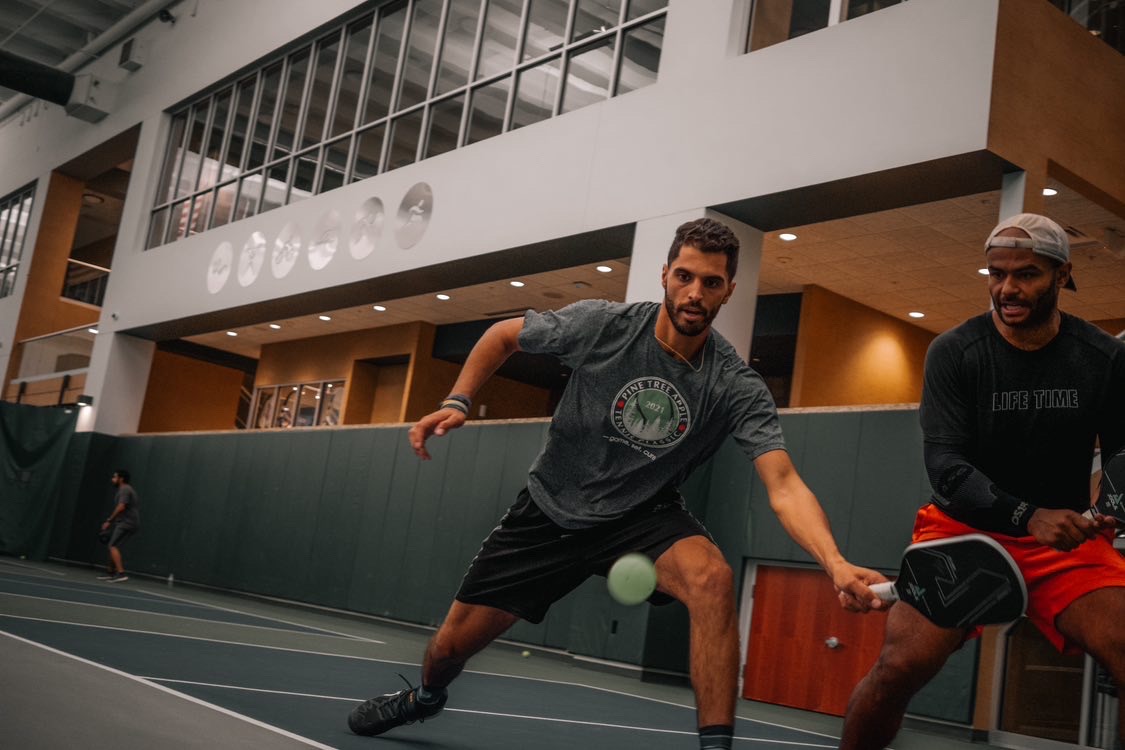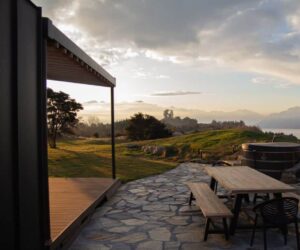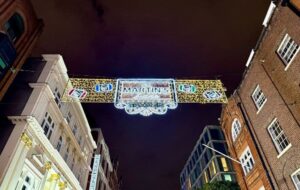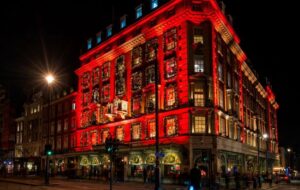The Best Places to Play Pickleball in Minneapolis-St. Paul
Andrew.Parks
Fri, 10/25/2024 – 09:57
Pickleball has exploded in popularity over the last several years, becoming the fastest growing sport in America. Minnesota is no exception, with no shortage of places to play. Here is a hit list according to two of Life Time’s Pickleball Pros, Aleks Westlund and Mo Alhouni.
What To Read Next
Follow the Great River Road to These Historic Mississippi River Towns
Read More
Valleyfair, Minnesota Zoo & Other Family Favorites in the Twin Cities
Read More
Warm Up to Winter on Candlelight Trails
Read More
Get help from the experts to plan your trip
Want to know the best spots in Minnesota? How about tips on how to make the most of your time in a specific city? Our Minnesota experts can answer your questions, offer advice, or plan the perfect Minnesota trip for you. For free.
Crystal Community Center
Crystal
One of the most affordable spots to play, the Crystal Community Center costs just $5 a session. At nearby Becker Park, find eight outdoor pickleball courts that are illuminated for games into the evening. They also host beginner and intermediate lessons.
Edgecumbe Recreation Center
St. Paul
The Edgecumbe Recreation Center in St. Paul offers six courts — two indoor and four outdoor. Open play and lessons are available for all.
Evergreen Park
Roseville
Evergreen Park offers six dedicated outdoor courts, with a welcoming group of beginners to intermediate players who play select days of the week. Push button lights allow for evening play and rentals are available.
Legacy Pickleball Club
Woodbury and Hopkins
Offering both pickleball leagues and tournaments, Legacy Pickleball Club offers a spot for play on the east and west sides of the Twin Cities. Lessons are available for all skill levels.

A pickleball match at Life Time
/ Credit: Mo Alhouni
Life Time
Multiple Locations
Life Time has been at the forefront of the pickleball movement since 2021 and now has 84 permanent courts (69 indoor and 15 outdoor) across the Twin Cities. Life Time Bloomington North is a pickleball-focused club that has five beautiful courts. The club is dedicated to helping build supportive, positive and fun community experiences for its members through leagues, open play, and member events. In Chanhassen, there are eight indoor and seven fully lit outdoor courts. At Life Time Edina, find six spacious courts are attached to Southdale Mall.
Open play and competitive leagues are available to members. If you live or work in downtown Minneapolis, Life TIme Target Center’s three indoor courts are a popular spot to play with coworkers or friends or if you’re visiting for a Timberwolves basketball game, in town for a convention, or catching a show. The company offers one day memberships as a convenient option for people looking to visit.
Lake Nokomis Community Center
Minneapolis
The first dedicated spot for pickleball in the MInneapolis park system is next to the Lake Nokomis and has six outdoor pickleball courts. They are free and open on a first-come, first-served basis from dusk to dawn. Scheduled lessons and leagues are available.

Credit: Lucky Shots Pickleball Club
Lucky Shots
Minneapolis
You’ll find one of the largest pickleball facilities in the state — 19 indoor courts — at Lucky Shots. The facility’s bright, playful color scheme creates an energetic atmosphere, enhancing the overall experience. Whether you’re looking for open play that welcomes all levels, reserving a court for a game with friends, or joining a competitive league, this venue offers it all. Lucky Shots is also a popular spot for hosting private events, making it a nice choice for gatherings.
Lone Lake Park
Minnetonka
A very popular spot to participate in organized groups such as open play. No need to have a friend or partner to play with, you can show up at any time and find people to play with. There are eight outdoor hard courts with permanent lines and nets. The courts are free and cannot be reserved. The facility includes amenities like a playground for kids, restrooms, and water.

Pickleball courts at Lakeview Knolls in Maple Grove
Maple Grove Community Center
Maple Grove
Indoor and outdoor pickleball courts are available at Maple Grove Community Center. Day passes and coupon books can be purchased but all transcations are cashless. Open play or dedicated (individual play) are available. Outdoor courts are free to use and do not require a reservation. Outdoor courts are available at Central Park, Gleason Fields, Lakeview Knolls, and multiple tennis courts are lined for pickleball and available for play.
Mega Pickle & Pong
Chanhassen and Minnetonka
Mega Pickle & Pong offer two locations in Chanhassen (six courts) and Minnetonka (10 courts). With 16 competition level pickleball courts, for all skill levels, they also offer a variety of leagues, lessons, open play sessions, and tournaments. Court reservations are available to anyone at any level.

Credit: Minneapolis Cider Co.
Minneapolis Cider Company
Minneapolis
Cool off with a cold pint of cider after a thrilling game of pickleball at Minneapolis Cider Company. Four courts can be booked beforehand, or you can join one of its popular leagues. Open seven days a week, the cidery is open to all ages and serves a full food menu with sweet or savory crepes, charcuterie boards, sandwiches, and more.
Minneapolis Pickleball Club
Minneapolis
The first private pickleball club in the Twin Cities, Minneapolis Pickleball Club has seven indoor courts allowing for optimal play year-round. Leagues are available, as well as private court reservations, and open play. Clinics, lessons, and drills are available for an additional fee.
Pints & Paddle
Maple Grove
This taproom, restaurant and pickleball center offers open play, clinics, lessons, and leagues. No membership is required, and its connected taproom and restaurant offers local brews, wine, seltzers, and more. Their scratch kitchen offers smash burgers, wraps, power bowls, classic bar food, and more.

A pickleball tournament at Pints & Paddle
Rosland Park
Edina
Home to Mooty Pickleball Court, offering five outdoor courts as well as nearby sand volleyball, baseball, and tennis courts. Courts are available to reserve for classes, lessons, and leagues. Two indoor courts are available at Edenborough Park on select days; advance reservation is required.
Smash Park
Roseville
Gather a group of friends and play at Smash Park in Roseville, pairing delicious dining with several courts inside or outside. You may rent courts, join for open play, and leagues are available. In addition to pickleball, find electronic darts, axe throwing, duckpin bowling, karaoke, cornhole, and arcade games.
Westwood Play Fields
Bloomington
Offering eight outdoor pickleball courts in Bloomington, the courts are surrounded by windscreens to minimize off-court distractions, wind, and noise.
Find out more about sports in Minnesota.

Lucky Shots Pickleball Club
/ Credit: Aleks Westlund








